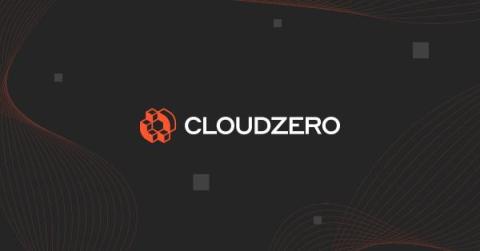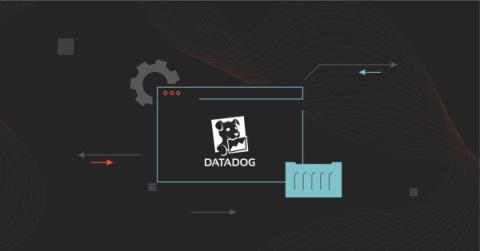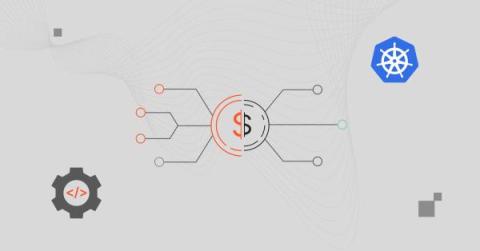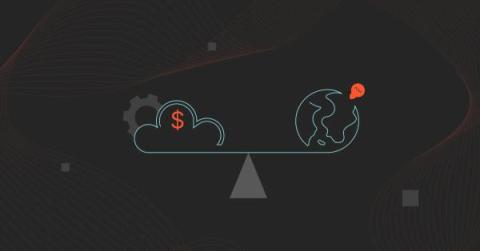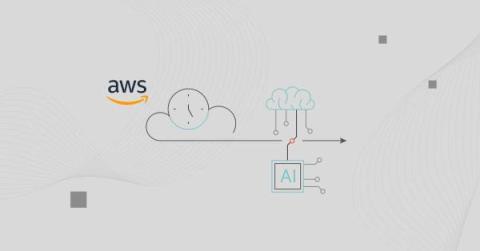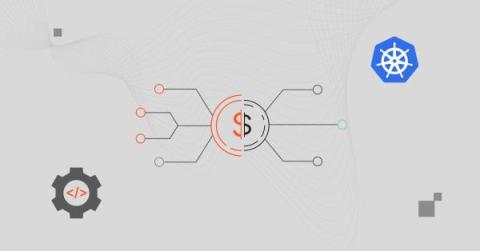The Frugal Architect, Law IV: Unobserved Systems Lead To Unknown Costs
This is part four of seven in our Frugal Architect blog series. Read the rest of the series here. In case you weren’t as giddy as CloudZero was at re:Invent this past year, we wanted to recount the seven laws outlined by Werner Vogels, Amazon’s CTO, which he’s bundled into a framework called “The Frugal Architect” (check out the whole framework here). What is “The Frugal Architect”?


